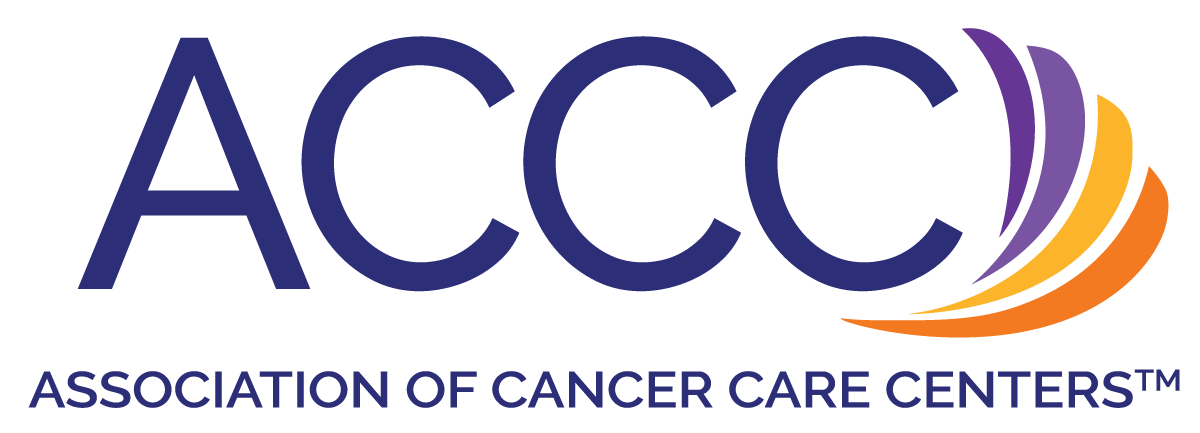
Dr Kevin Davies: There Is Great Potential for CRISPR in Genetic Diseases and Cancers

Kevin Davies, PhD, executive editor, The CRISPR Journal and GEN Biotechnology, discusses how CRISPR has evolved from the initial discovery of the double helix to now, with the technology holding great promise for both genetic diseases and cancers.
Kevin Davies, PhD, executive editor, The CRISPR Journal and GEN Biotechnology, and author of Editing Humanity: The CRISPR Revolution and the New Era of Genome Editing, presented today’s keynote, “Precision Medicine: Stories From the CRISPR Revolution” at the Association of Community Cancer Centers’ 49th Annual Meeting and Cancer Center Business Summit.
In this interview with The American Journal of Managed Care®, he discusses how CRISPR has evolved from the initial discovery of the double helix to now, with the technology holding great promise, even though it remains in early stages of development, for both genetic diseases and cancers.
Transcript
With new CRISPR-based genome-editing systems in development, can you discuss how to get these to clinic?
When CRISPR was awarded the Nobel Prize, the Nobel Committee referred to it as the genetic scissors. But sometimes it’s a slightly blunt genetic scissors; it can’t finesse the most precise type of DNA repair that we would like. The most sort-of precise repair that we would like would be to change literally 1 letter of the genetic code, say an A or a C or a T or a G, to another letter to fix a genetic mutation.
In the last 5 years or so, new technologies—most of which have emanated from the lab of a single researcher, David Liu, [PhD], who’s at Harvard and the Broad Institute in Cambridge, Massachusetts—they’ve developed new forms of CRISPR-based genome editing. One is called base editing and another, more recently, is called prime editing, and these are able to not only engineer a specific repair, literally performing chemistry on the double helix but doing so in a way without actually cutting both strands of the double helix, which is a hallmark of the original CRISPR Cas9 technology.
So, in principle, these look very promising, because we want to make the gene editing platform as precise as possible. It’s early days yet. Base editing is just going into the clinic, prime editing may be a year or 2 away, but the hopes are extremely high for both of these methods to, again, tackle a huge repertoire of different genetic diseases and cancers.
Newsletter
Stay ahead of policy, cost, and value—subscribe to AJMC for expert insights at the intersection of clinical care and health economics.








































